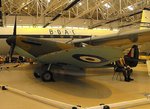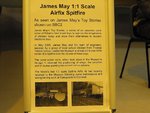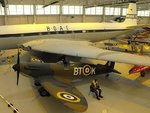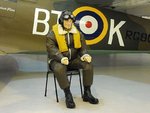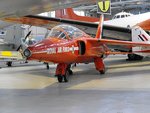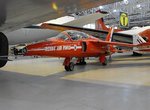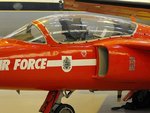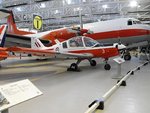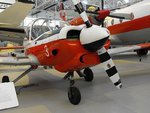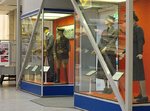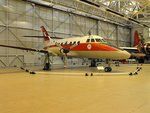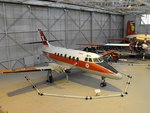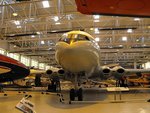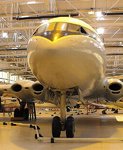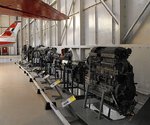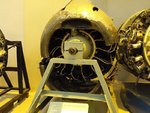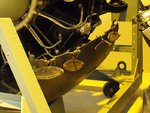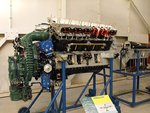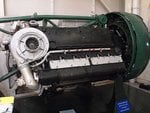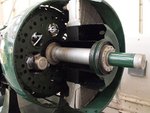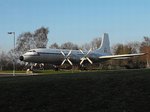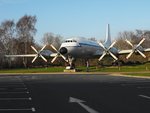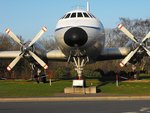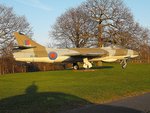- Thread starter
- #141
Airframes
Benevolens Magister
Thanks Peter - was that the Argus, or the Argosy? Both the Argosy and Andover once had a 'desert' camouflage scheme in normal service, and, before that, a similar scheme to that worn by the Dove and Pembroke. Got a soft spot for the big old Argosy - from a 'Para's' point of view it was spacious and smooth, with large windows to look out of (if you could twist around with all the kit on!), compared to the cramped, four-row bench seats of the Herc, which was noisy, stuffy and impossible to see out of - until the doors opened and you were off into the void!
Anyway, continuing with some more in Hangar 1, it's time for some of the older types, including a couple of rare birds.
PICS 1 to 4. The Ju52/3m, actually a Spanish-built CASA 352L. This particular aircraft was in service with the Spanish Air force until 1972, and was presented to the Museum and flown to Cosford in 1978. I'm pretty sure that this was once on display in Luftwaffe colours, but in 1986 it was re-painted in the 1937 livery of British Airways Ltd., as G-AFAP, an aircraft on their fleet at that time, the work being sponsored by the current British Airways. The interior is still in its military, paratroop configuration, and there are a few interesting details visible for modellers in these shots, including the trailing aerial reel on the forward crew access door.
PIC 5. Perhaps one of the earliest 'microlight' or 'ultralight' aircraft, the Henri Mignet 'Flying Flea'. A French design from the early 1930s, for the 'home builder', this example was built in a garage in Bath,UK, between 1935 and 1936, and is powered by a twin cylinder AJS motorcycle engine. The type was banned in France in 1936, following a series of fatal accidents due to an aerodynamic fatal flaw, which could result in an uncontrollable, steepening dive. The British Air Ministry issued a similar ban in summer 1937, and this aircraft was then stored in the owner's garage, until being loaned to the Museum by his son, with restoration being completed by the Aerospace Museum Society.
PIC 6. A valuable rare type, being the first design by Sydney Camm, when he joined Hawker's, this is the diminutive Hawker Gygnet of 1924. As most will know, Sydney Camm (later Sir Sidney Camm,CBE, FRAeS), went on to design a long line of classic Hawker fighters, from the Fury and Hurricane and Typhoon, to his contribution to the Hunter and Harrier. From a 'wood and canvas' biplane to the world's first, and only, successful VTOL fighter is some contribution to aviation history!
PIC 7. Comper Swift, a racing type from 1933. This particular aircraft was owned by Alex Henshaw, the famous Spitfire test-pilot, who used it to win several air races, including taking the Siddeley Trophy in the 1933 King's Cup Air Race.
PICS 8 and 9. Just two of the many aviation-related vehicles on display in various areas of the Museum, a David Brown airfield tractor, used for moving heavy aircraft such as the Lancaster, and for towing bomb trolley trains during WW2, the type was in service up to the 1950s. This Land Rover series 1 was used for VIP duties, including the Royal Review of the RAF.
PIC 10. This De Havilland Chipmunk, WP912, was the actual aircraft in which HRH Prince Phillip, Duke of Edinburgh, completed his first solo flight, in December 1952. The Chipmunk was the RAFs elementary trainer from 1950, until being replaced by the Provost in 1954, but was re-introduced later, seeing service up until the 1960s, with some soldiering on for use by Air Experience Flights until the early 1980s. A Chipmunk is still retained by the BBMF, for 'tail dragger' familiarisation and other duties.
PICS 11 and 12. Two of the helicopters on display, up on pedestals in the hangar, the Bristol Sycamore, and the Westland Dragonfly.
Thanks again for your interest and compliments, and I'll post another selection tomorrow, including a somewhat 'different' Spitfire.
Anyway, continuing with some more in Hangar 1, it's time for some of the older types, including a couple of rare birds.
PICS 1 to 4. The Ju52/3m, actually a Spanish-built CASA 352L. This particular aircraft was in service with the Spanish Air force until 1972, and was presented to the Museum and flown to Cosford in 1978. I'm pretty sure that this was once on display in Luftwaffe colours, but in 1986 it was re-painted in the 1937 livery of British Airways Ltd., as G-AFAP, an aircraft on their fleet at that time, the work being sponsored by the current British Airways. The interior is still in its military, paratroop configuration, and there are a few interesting details visible for modellers in these shots, including the trailing aerial reel on the forward crew access door.
PIC 5. Perhaps one of the earliest 'microlight' or 'ultralight' aircraft, the Henri Mignet 'Flying Flea'. A French design from the early 1930s, for the 'home builder', this example was built in a garage in Bath,UK, between 1935 and 1936, and is powered by a twin cylinder AJS motorcycle engine. The type was banned in France in 1936, following a series of fatal accidents due to an aerodynamic fatal flaw, which could result in an uncontrollable, steepening dive. The British Air Ministry issued a similar ban in summer 1937, and this aircraft was then stored in the owner's garage, until being loaned to the Museum by his son, with restoration being completed by the Aerospace Museum Society.
PIC 6. A valuable rare type, being the first design by Sydney Camm, when he joined Hawker's, this is the diminutive Hawker Gygnet of 1924. As most will know, Sydney Camm (later Sir Sidney Camm,CBE, FRAeS), went on to design a long line of classic Hawker fighters, from the Fury and Hurricane and Typhoon, to his contribution to the Hunter and Harrier. From a 'wood and canvas' biplane to the world's first, and only, successful VTOL fighter is some contribution to aviation history!
PIC 7. Comper Swift, a racing type from 1933. This particular aircraft was owned by Alex Henshaw, the famous Spitfire test-pilot, who used it to win several air races, including taking the Siddeley Trophy in the 1933 King's Cup Air Race.
PICS 8 and 9. Just two of the many aviation-related vehicles on display in various areas of the Museum, a David Brown airfield tractor, used for moving heavy aircraft such as the Lancaster, and for towing bomb trolley trains during WW2, the type was in service up to the 1950s. This Land Rover series 1 was used for VIP duties, including the Royal Review of the RAF.
PIC 10. This De Havilland Chipmunk, WP912, was the actual aircraft in which HRH Prince Phillip, Duke of Edinburgh, completed his first solo flight, in December 1952. The Chipmunk was the RAFs elementary trainer from 1950, until being replaced by the Provost in 1954, but was re-introduced later, seeing service up until the 1960s, with some soldiering on for use by Air Experience Flights until the early 1980s. A Chipmunk is still retained by the BBMF, for 'tail dragger' familiarisation and other duties.
PICS 11 and 12. Two of the helicopters on display, up on pedestals in the hangar, the Bristol Sycamore, and the Westland Dragonfly.
Thanks again for your interest and compliments, and I'll post another selection tomorrow, including a somewhat 'different' Spitfire.
Attachments
-
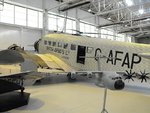 Cosford 422.jpg117.7 KB · Views: 112
Cosford 422.jpg117.7 KB · Views: 112 -
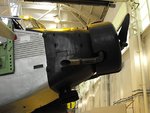 Cosford 415.jpg101.5 KB · Views: 122
Cosford 415.jpg101.5 KB · Views: 122 -
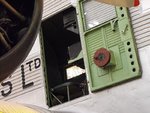 Cosford 414.jpg107.8 KB · Views: 113
Cosford 414.jpg107.8 KB · Views: 113 -
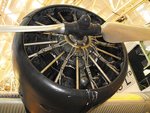 Cosford 411.jpg131.2 KB · Views: 123
Cosford 411.jpg131.2 KB · Views: 123 -
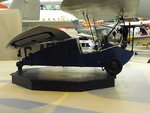 Cosford 417.jpg94.2 KB · Views: 121
Cosford 417.jpg94.2 KB · Views: 121 -
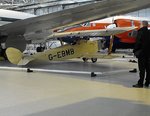 Cosford 418.jpg110.7 KB · Views: 115
Cosford 418.jpg110.7 KB · Views: 115 -
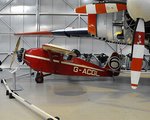 Cosford 435.jpg110.3 KB · Views: 113
Cosford 435.jpg110.3 KB · Views: 113 -
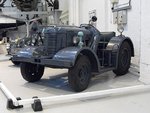 Cosford 367.jpg135 KB · Views: 113
Cosford 367.jpg135 KB · Views: 113 -
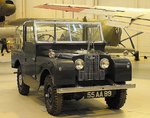 Cosford 431.jpg164.8 KB · Views: 124
Cosford 431.jpg164.8 KB · Views: 124 -
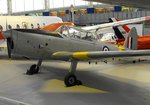 Cosford 425.jpg91.7 KB · Views: 122
Cosford 425.jpg91.7 KB · Views: 122 -
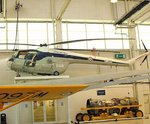 Cosford 429.jpg130.4 KB · Views: 119
Cosford 429.jpg130.4 KB · Views: 119 -
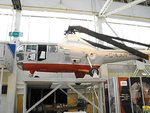 Cosford 448.jpg118.5 KB · Views: 113
Cosford 448.jpg118.5 KB · Views: 113

